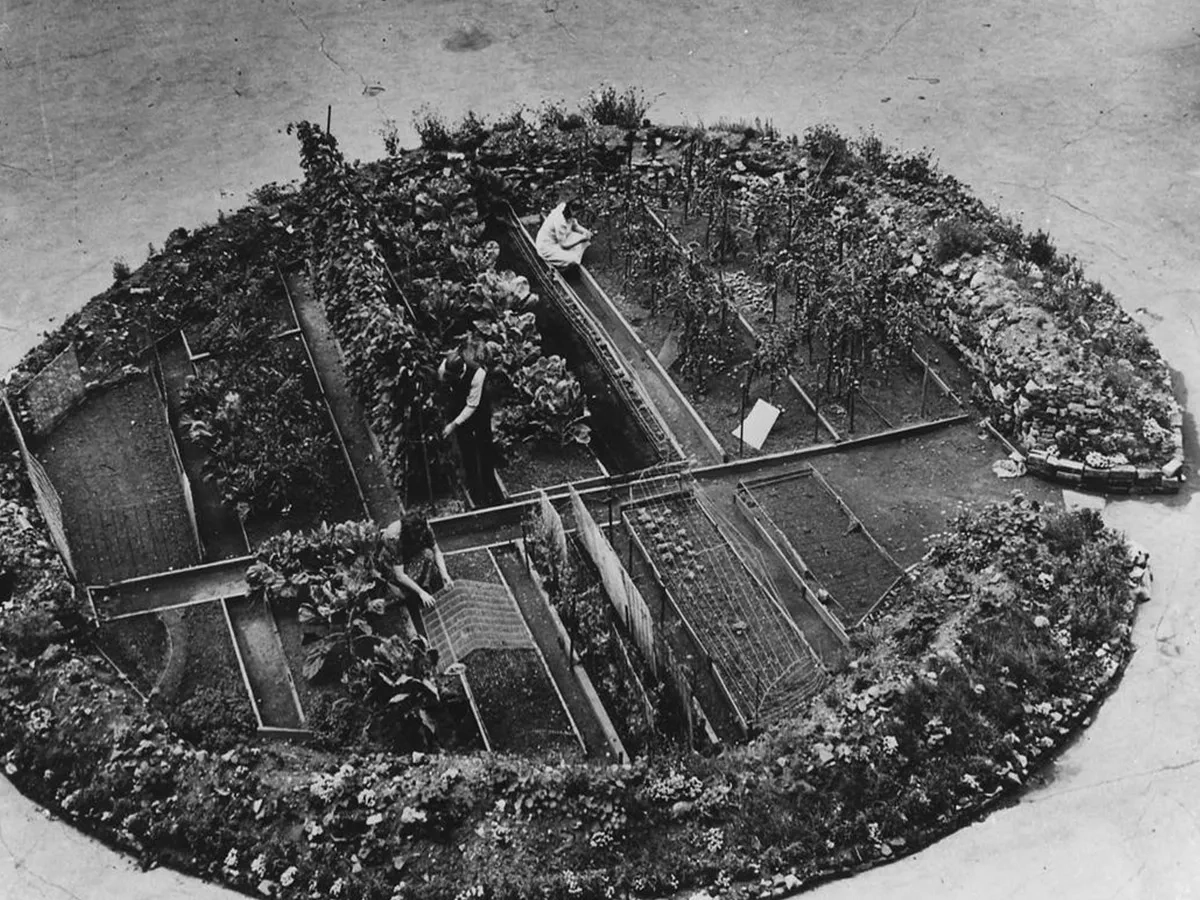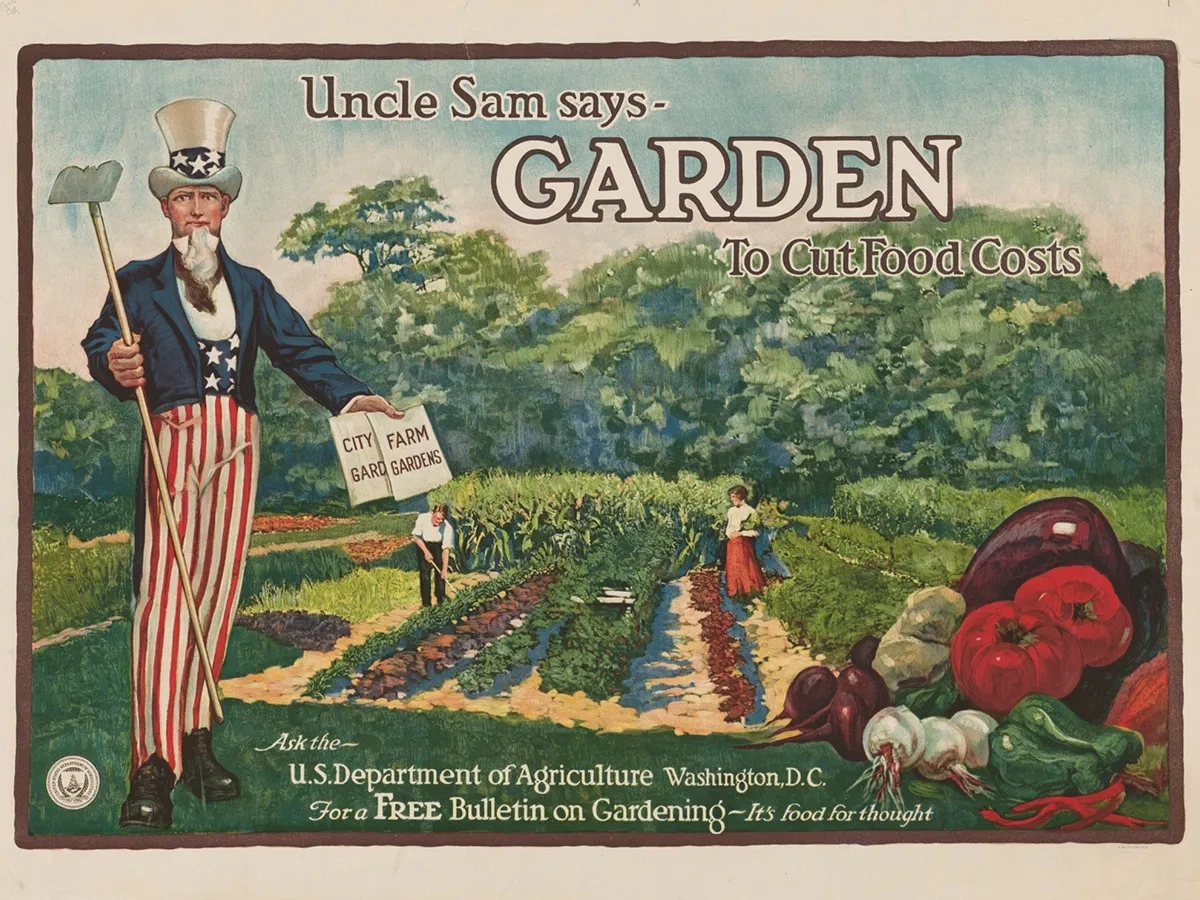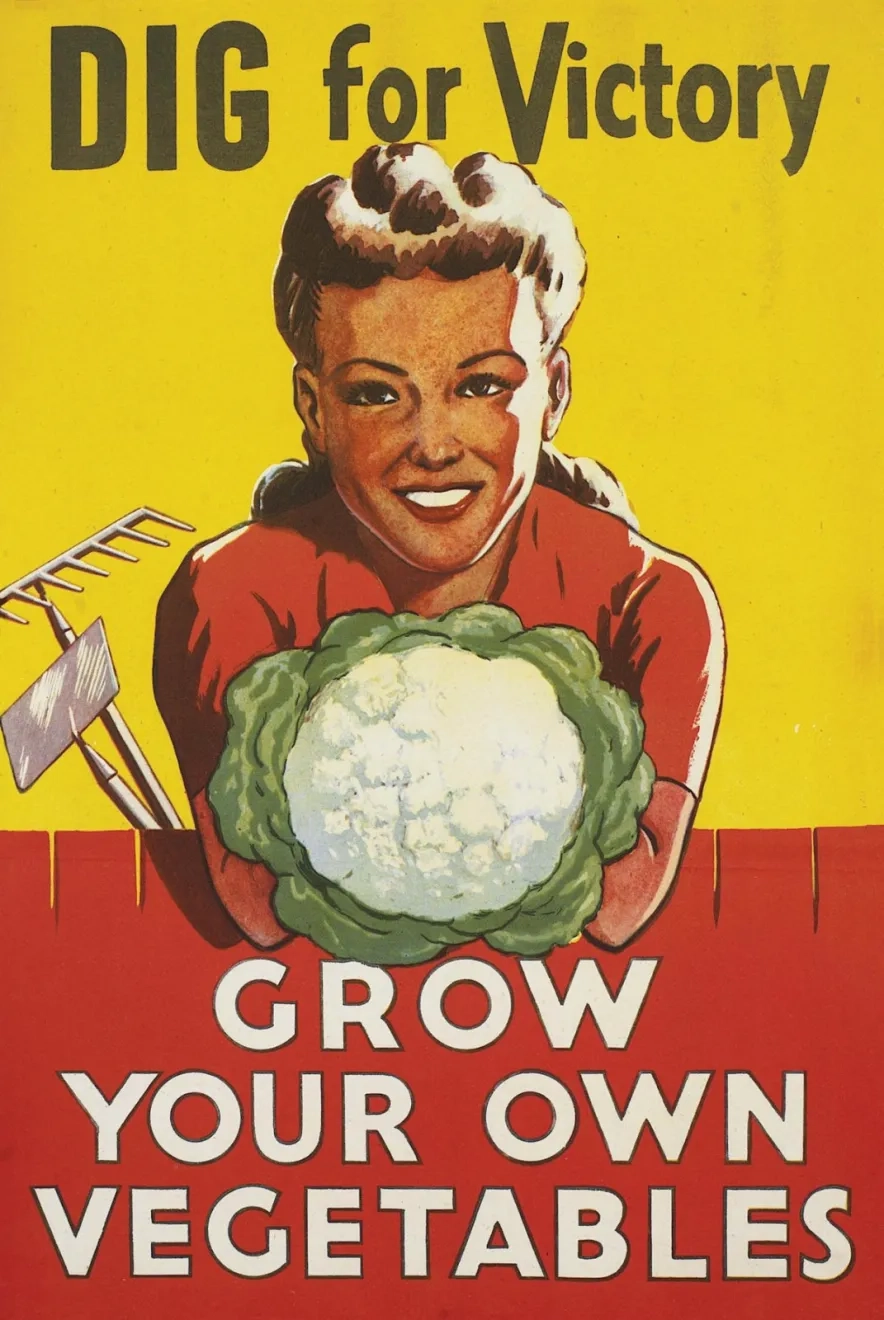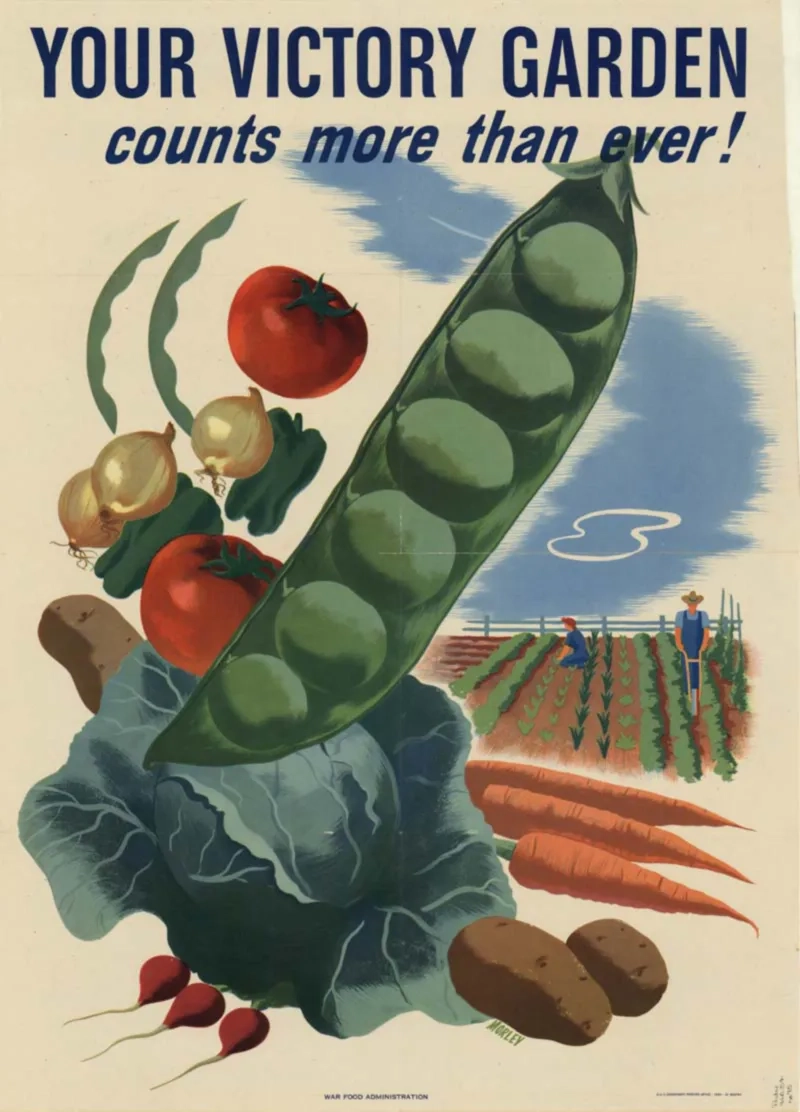Gardens are for people
Curiously, the relationship between our gardens and confinement is even etymological..

Date
April 2020
Type
Writings
In these times of confinement, a rooftop, a terrace, even a balcony, seem like small paradises; small spaces of freedom where we dream of breaking free from our confinement. A garden, regardless of its scale, demands walls, boundaries that put an end to our little paradise.
Curiously, the relationship between our gardens and confinement is even etymological. This can be seen in terms such as JARDÍN, from the French jardin, diminutive of the old jart 'vegetable garden', from the Germanic gard 'enclosure, hedge'; or PARAÍSO, which comes from the Greek paradeisos (in Latin paradisus), which in turn comes from the Persian paerdís, 'enclosure', which is a compound of paer-, 'around' and -dis, 'create, make'.
"If we have little time, if the world around us is wavering (...) the only thing we can do is transform a plot of land, no matter what, into a welcoming place, a place that embraces more life."
The garden is a space designed for contemplation but also for reflection. A space in which we can enjoy solitude but also company. A place for sensations but also for experiences, for carrying out activities. Gardens, terraces, and patios are meeting points for families these days. I never imagined that my gardens would be serving families in a situation like the one we are living through, but I am at ease because when designing a garden, I have always focused on the people who are going to experience it, and I like to think that my gardens are helping people get through these days. Gardens are for people.
Whenever the project has allowed it, I have included work areas in my designs. Work in the broadest sense of the word. These are areas of activity, productive areas, or corners where you can dedicate time to carrying out activities individually or as a family. For example, it is increasingly common for my clients to be interested in designing productive areas within their gardens.
"Let's take care of our gardens, if we keep them in shape, they will also take care of us."
Vegetable gardens or orchards are the very origin of gardens. In ancient Mesopotamia, the Sumerians began to artificially irrigate the landscape between the Tigris and Euphrates rivers around 4000 BC to cultivate the land. They were also important in Egypt, and later in Greece, orchards or gardens were the scene of endless conversations among philosophers. I like to think that these days the vegetable garden that I designed around some pomegranate trees in the garden of Alain and Carine, or that space for making a fire in the garden of Patricia and Pablo, are today the scene of family meetings and conversations that in some way improve the lives of my clients.
In some of my projects, I have even left areas of the garden deliberately unfinished. This is an idea that came to me while chatting with some clients, and its purpose is to enjoy the garden in a different way and to have fun while promoting collaboration among the different family members. I remember that garden in which I designed a play area at the top of a large oak tree. It was a small wooden house, with windows and a ladder. I designed all the pieces and, together with my team, provided all the design plans with precise instructions for its construction. When the garden was finished, that corner looked like a picturesque scene taken from an English garden. A small ruined house strategically placed not to surprise the guests of some lord, but with the humble purpose of bringing the family together around that small house, temporarily half-built.
"The family use of gardens greatly increased the morale of citizens in those times of difficulty by diverting their attention from the crisis in which the whole country was immersed."
To conceive a garden as a space of union in difficult times is not something new. During the First and Second World Wars, 'victory gardens,' also known as 'war gardens,' became very popular in countries such as Australia, the United States, or Canada. Hunger and the shortage of agricultural products promoted government campaigns in those countries to encourage citizens to grow their own gardens in a communal way and thus be able to produce fresh fruits and vegetables economically and without the need to use transportation for their distribution. However, the purpose of these gardens was not only the small-scale production of food, but also another equally important purpose: self-cultivation.
The family use of gardens greatly increased the morale of citizens during times of difficulty, diverting their attention from the crisis in which the entire country was immersed. By promoting community activities, the government managed to unite the entire population, and slogans like "A garden in every home" were part of campaigns by the Ministry of Agriculture in Canada during World War I to promote self-sufficiency. The 'victory gardens' were so popular during times of war that even bomb craters in London houses served as improvised 'hortus conclusus' during World War II. In the United States, the Roosevelts, as Wilson had already done in the previous war, even planted a 'victory garden' in the White House in 1943, setting an example for American society. This movement became so important to a society in crisis that festivals and contests were even created to showcase the produce that each neighbor had harvested in their own home, contests that still take place in rural areas of the United States today.
In the words of Teodor Ceric, "if we have little time, if the world around us is faltering (...) the only thing we can do is transform a plot of land, no matter which one, into a cozy place, a place that welcomes more life." These days, whether we have large or small gardens, patios or rooftops, balconies or just a few simple pots with plants at home, we need more reasons than ever for all of us to take care of our gardens. If we keep them in shape, they will also take care of us.
Photo by Prostooleh, Freepik, Education Updates



